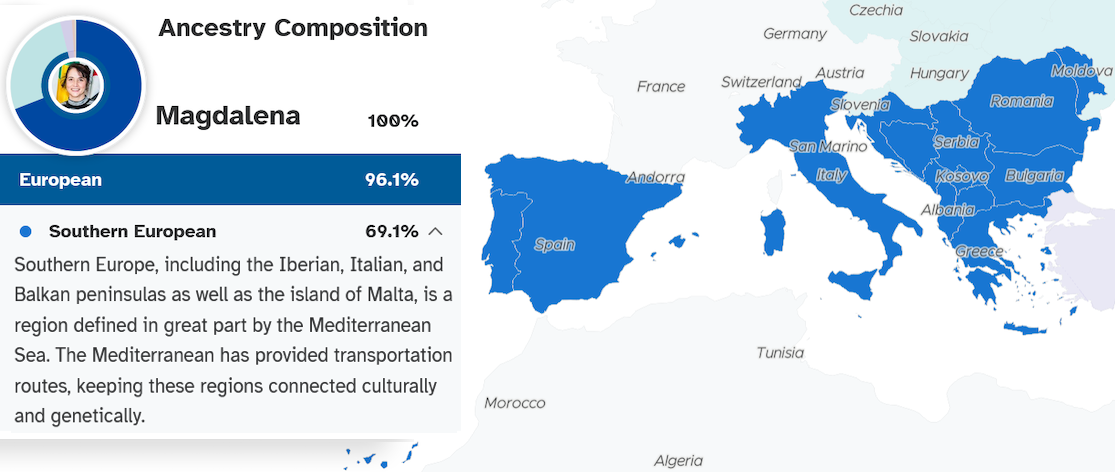

Between 1998 and 2000, I completed my
PhD dissertation on a generalized Lie-algebraic representation (similar to the
Weierstrass representation for minimal surfaces) for the pseudospherical
surfaces (constant negative Gauss curvature surfaces) in Euclidean space. This
problem appears from Geometry and PDEs all together, as related to the Goursat
problem for the sine-Gordon equation. A modern loop group factorization tool
allowed the construction of these surfaces, a technique that was numerically
implemented by N. Schmidt and I. Sterling and allowed unprecedented
visualization of pseudospherical surfaces and their generalized-Backlund
transformations. Further, I have become increasingly interested in harmonic
maps. I studied harmonic map equations, not just as partial differential
equations per se, but as conditions for certain loops of connections to verify
the zero-curvature equation. I have studied the various Weierstrass-type
representations of Weingarten surfaces. At the same time, I had completed a PhD
in Applied Mathematics at the University Politehnica Bucharest, with an emphasis
on Riemannian manifold structures associated with electromagnetic fields.
Between 2000 and 2003, my
collaborators (J. Dorfmeister and I. Inoguchi) and I derived corresponding
Lie-algebraic representations for minimal timelike and CMC timelike
surfaces in Lorenz 3-space. I have learned a lot about general surface
representations, especially those of type Weierstrass (e.g.,
Weierstrass-Kenmotsu-Bryant) and, between 2003 and 2005, I have extended some of
these results to CMC surfaces in hyperbolic space.
Since 2007, I have worked in Geometry and PDE (integrable systems) and its
real-world applications. A joint work with R. Iyer on an
optical navigational system based on the
geometry of the flight of insects had completely changed my perspective on
Differential Geometry: it gave me an understanding on the Fundamental Role
played by Riemannian geometries and curvature tensors in real-world Mechanics
and Physics. I then continued to work on applications of differential geometry,
through my joint study with A. Ibragimov and E. Aulisa, on a
differentiable equation that is strongly
linked to the CMC equation and comes from hydrodynamics. The latter topic
relates to nonlinear fluid flows in petroleum engineering. Under certain
assumptions about the fluid, one arrives at a non-linear equation for the
pressure function. This equation displays some similarity to the constant mean
curvature (CMC) equation for surfaces. We utilized this similarity to find a
constraint on the Forchheimer flows, such that the pressure function can be regarded as a surface with constant mean curvature, after a certain geometric transformation. Conversely, a surface with constant mean curvature can be interpreted as a pressure distribution of the flow, subjected to a nonlinear Darcy law similar to the Forchheimer equation. This trade-off between hydrodynamic and geometric problems is not just interesting in itself: moreover, the geometric interpretation of the problem of the flow in porous media gives a simple algorithm for the computation of productivity index of a well, in a structured heterogeneous reservoir.
Since 2009, I have become increasingly interested in molecular biology, in particular protein folding, and its parallels to the theory of elastic membranes. I have proposed new models for beta sheets and beta barrels, a secondary structure that appears in protein folding, based on Willmore-type surfaces. I am currently working in the field of
Willmore energy, Willmore surfaces and Willmore flow, as well as their generalizations. This type of highly nonlinear fourth order equation has a strong connection with some real-world elliptic equations of similar type that are studied by my colleagues from the applied mathematics team.
I have also co-authored the newest editions of a Calculus book with M. Strauss
 and K. Smith. Many students know me primarily as the co-author of that textbook.
and K. Smith. Many students know me primarily as the co-author of that textbook.